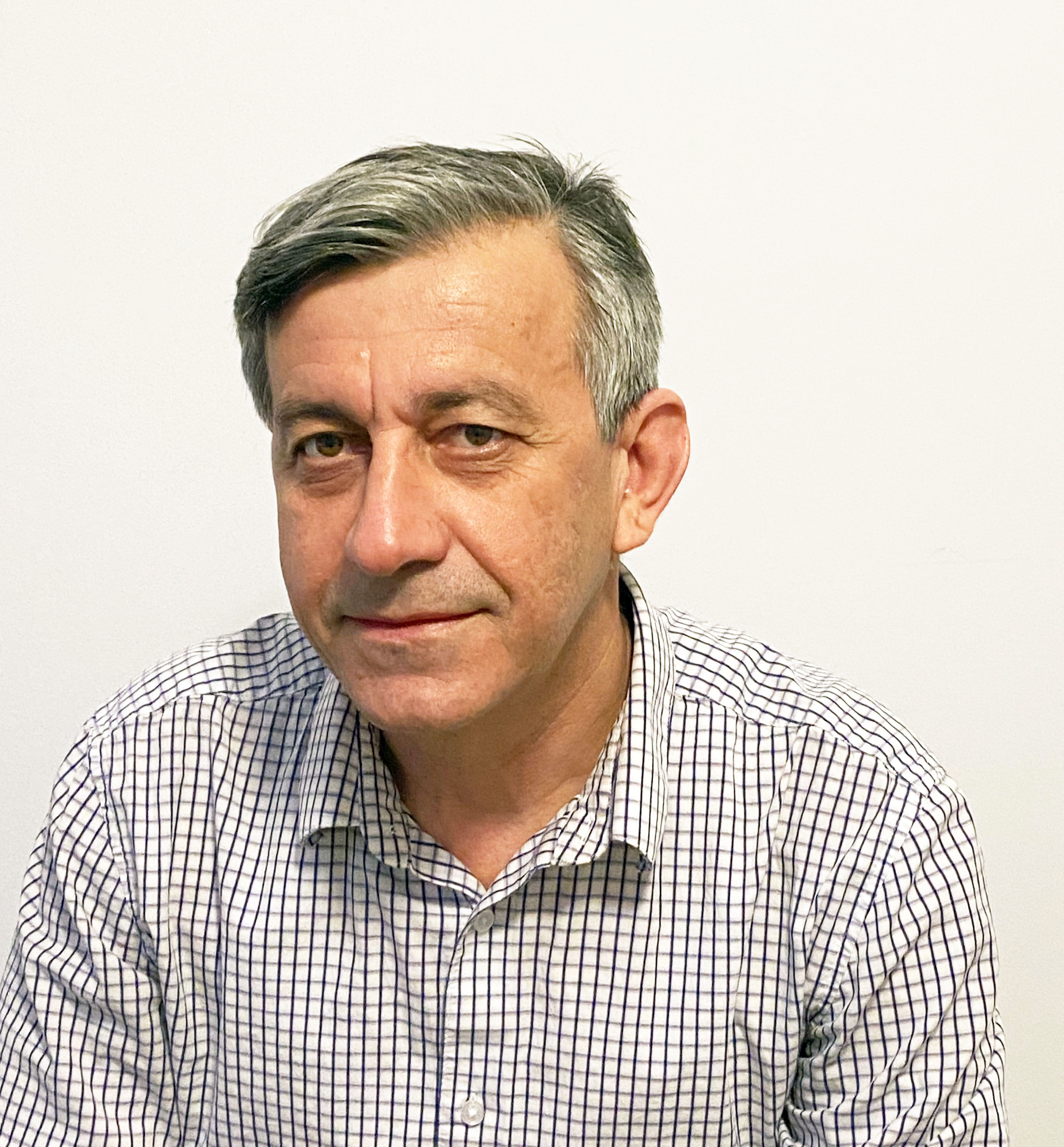Biography
Dr. Soleimani received his BSc (biology, biotechnology) from the University of Ottawa in 1998 and, in 2005, obtained his PhD from the University of Ottawa, where he studied the effect of mobile DNA elements on the evolution of genome. He then did a postdoctoral fellowship at the Ottawa Hospital Research Institute (OHRI) where he studied the molecular basis of myogenic differentiation and muscle stem cell function. In 2014 he joined the Department of Human Genetic at McGill University as an Assistant Professor and established a research laboratory at the Lady Davis Institute for Medical Research until 2023. In 2023 he joined the Department of Biochemistry, Microbiology, and Immunology at the University of Ottawa as an Associate Professor where he conducts research in regenerative medicine and muscle stem cell biology.
Major research activities
Muscle stem cells, also called satellite cells are undifferentiated cells that reside within our skeletal muscle tissues and are critical for the repair and maintenance of muscle throughout our adult life. However, during aging and under various muscles wasting diseases such as muscular dystrophies and cachexia their ability to repair and maintain muscle tissue is dramatically compromised either because of their depletion or because of the loss of their regenerative function. Although muscle stem cell-based therapies hold great promise for the treatment of muscle wasting diseases, their clinical applications are limited because of our knowledge gap on how their function is regulated. The focus of our laboratory is to explore novel molecular networks and epigenetic regulators that maintain the regenerative capacity of muscle stem cells. Key areas of interest in our laboratory are:
- Genetic and epigenetic mechanisms of muscle stem cell self-renewal and differentiation.
- Exploring molecular interactions between muscle stem and niche cells and how diseases impact such interactions.
- Exploring novel compounds and pathways that can rejuvenate muscle stem cells in aging.
Selected publications
- Sahinyan K, Lazure F, Blackburn DM, Soleimani VD. Decline of regenerative potential of old muscle stem cells: contribution to muscle aging. FEBS J. 2023 Mar;290(5):1267-1289. DOI: 10.1111/febs.16352. Epub 2022 Jan 25. PMID: 3502902.
- Blackburn DM, Lazure F, Soleimani VD. SMART approaches for genome-wide analyses of skeletal muscle stem and niche cells. Crit Rev Biochem Mol Biol. 2021 Jun;56(3):284-300. DOI: 10.1080/10409238.2021.1908950 .1908950. Epub 2021 Apr 7. PMID: 33823731.
- Sharanek A, Raco L, Soleimani VD, Jahani-Asl A. Subcellular fractionation of brain tumor stem cells. Methods Cell Biol. 2022;170:47-58. DOI: 10.1016/bs.mcb.2022.02.006. Epub 2022 Apr 18. PMID: 35811103.
- Sahinyan K, Blackburn DM, Soleimani VD. ATAC-Seq of a Single Myofiber from <i>Mus musculus</i>. Bio Protoc. 2022 Jun 20;12(12):e4452. DOI: 10.21769/BioProtoc.4452. PMID: 35990589; PMCID: PMC9362843.
- Lazure F, Farouni R, Sahinyan K, Blackburn DM, Hernández-Corchado A, Perron G, Lu T, Osakwe A, Ragoussis J, Crist C, Perkins TJ, Jahani-Asl A, Najafabadi HS, Soleimani VD. Transcriptional reprogramming of skeletal muscle stem cells by the niche environment. Nat Commun. 2023 Feb 1;14(1):535. DOI: 10.1038/s41467-023-36265-x. PMID: 36726011; PMCID: PMC9892560.
- Blackburn DM, Sahinyan K, Hernández-Corchado A, Lazure F, Richard V, Raco L, Perron G, Zahedi RP, Borchers CH, Lepper C, Kawabe H, Jahani-Asl A, Najafabadi HS, Soleimani VD. The E3 ubiquitin ligase Nedd4L preserves skeletal muscle stem cell quiescence by inhibiting their activation. iScience. 2024 Jun 11;27(7):110241. DOI: 10.1016/j.isci.2024.110241. PMID: 39015146; PMCID: PMC11250905.
- Blackburn DM, Lazure F, Soleimani VD. RNA Sequencing of Single Myofibers from <i>Mus musculus</i>. Bio Protoc. 2020 Feb 20;10(4):e3525. DOI: 10.21769/BioProtoc.3525. PMID: 33654749; PMCID: PMC7842825.
- Sahinyan K, Blackburn DM, Simon MM, Lazure F, Kwan T, Bourque G, Soleimani VD. Application of ATAC-Seq for genome-wide analysis of the chromatin state at single myofiber resolution. Elife. 2022 Feb 21;11:e72792. DOI: 10.21769/BioProtoc.3525. PMID: 35188098; PMCID: PMC8901173.
- Lazure F, Blackburn DM, Soleimani VD. Transcriptional Profiling of Skeletal Muscle Stem Cells After In Vivo Engraftment into a Heterologous Niche Environment. Curr Protoc. 2023 Aug;3(8):e877. DOI: 10.1002/cpz1.877. PMID: 37638781.
- Abu-Nada L, Liu Y, Saleh Al-Hamed F, Ouliass B, Millecamps M, Tran SD, Ferland G, Soleimani VD, Marino FT, Murshed M. Young bone marrow transplantation delays bone aging in old mice. Exp Gerontol. 2025 Apr;202:112704. DOI: 10.1016/j.exger.2025.112704. Epub 2025 Feb 24. PMID: 39914580.
- Sharanek A, Burban A, Laaper M, Heckel E, Joyal JS, Soleimani VD, Jahani-Asl A. OSMR controls glioma stem cell respiration and confers resistance of glioblastoma to ionizing radiation. Nat Commun. 2020 Aug 17;11(1):4116. DOI: 10.1038/s41467-020-17885-z. PMID: 32807793; PMCID: PMC7431428.
- Lazure F, Blackburn DM, Corchado AH, Sahinyan K, Karam N, Sharanek A, Nguyen D, Lepper C, Najafabadi HS, Perkins TJ, Jahani-Asl A, Soleimani VD. Myf6/MRF4 is a myogenic niche regulator required for the maintenance of the muscle stem cell pool. EMBO Rep. 2020 Dec 3;21(12):e49499. DOI: 10.15252/embr.201949499. Epub 2020 Oct 13. PMID: 33047485; PMCID: PMC7726801.
